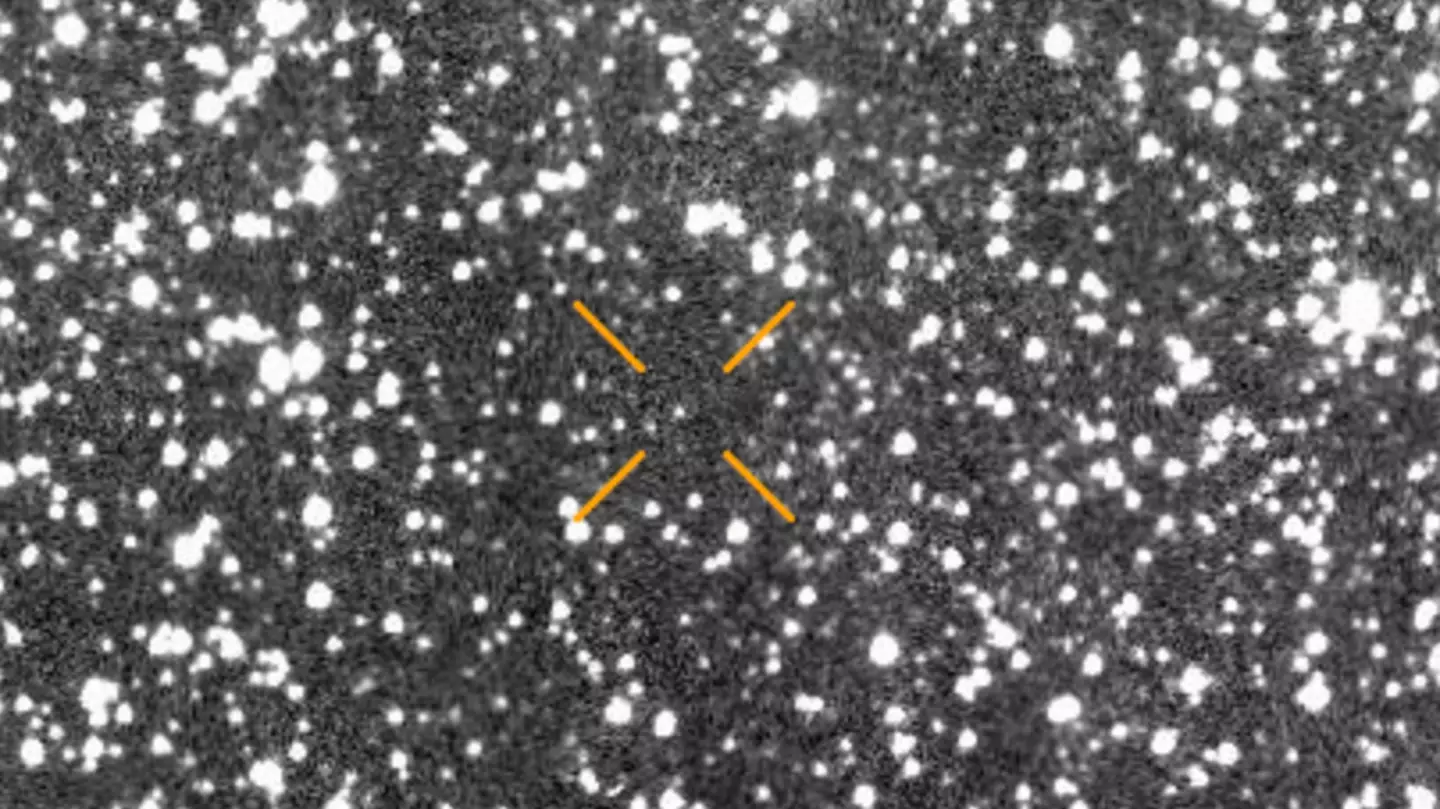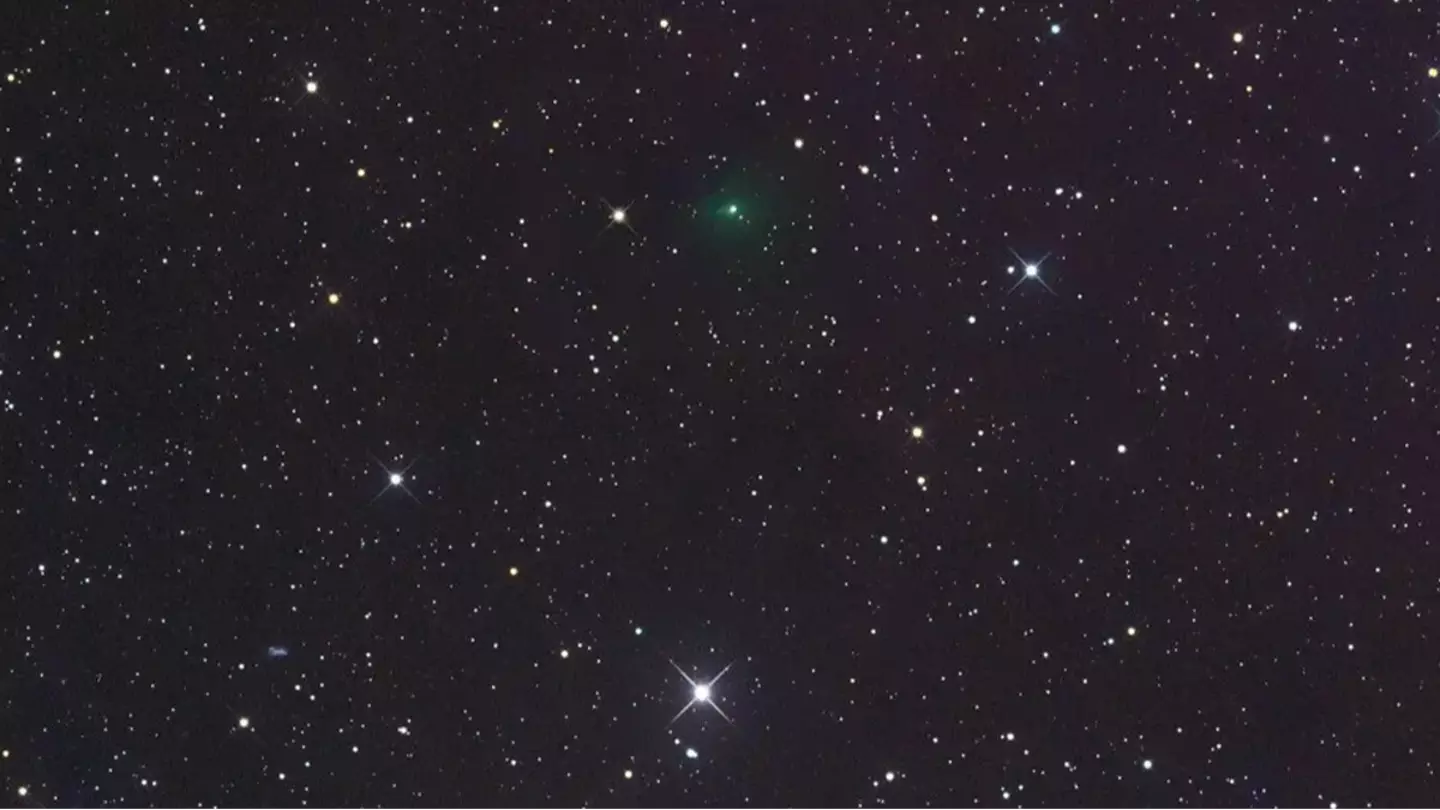A mysterious interstellar object that entered our solar system is even more unusual than scientists first believed.
In July, the NASA-funded ATLAS survey telescope in Chile identified 3I/ATLAS, the third known object confirmed to have come from interstellar space, meaning it originated beyond our solar system. The first two were ʻOumuamua in 2017 and 2I/Borisov in 2019. This new visitor, however, is the largest of the three, estimated to be about 7 miles (11.2 kilometers) wide.
Scientists discovered that 3I/ATLAS is a comet. Like others, it has a visible coma (a cloud of gas and dust) and a tail, both formed as the Sun heats its icy surface.
Initially, the comet appeared red in all observations. However, recent images show it now glowing green. This color shift might be due to a steep increase in the production of cyanide gas (CN) as the comet moved closer to the Sun, according to Avi Loeb, a Harvard professor and founding director of its Institute for Theory and Computation.
Advert

In an article on Medium, Loeb explains that the ATLAS team analyzed how the light around the comet changed with distance from the Sun. When 3I/ATLAS was farther than 3.3 astronomical units (AU) away, the brightness of scattered light increased sharply. But as it got closer, the rate of increase slowed.
This shift suggests the comet changed from scattering sunlight on reddish surface dust to releasing small, bright icy grains that altered how light traveled through the surrounding plume.
Further observations from the Hubble Space Telescope on July 21, 2025, and data from the James Webb Space Telescope and SPHEREx observatory in August 2025, revealed that the gas plume around 3I/ATLAS is predominantly composed of carbon dioxide (CO₂), with traces of carbon monoxide (CO) and water (H₂O).
Advert
These findings, combined with the comet's trajectory aligning closely with the ecliptic plane of the solar system, make 3I/ATLAS an intriguing and anomalous object in comparison to familiar icy bodies.

Supporting all this, data from the Very Large Telescope on August 25, 2025, showed a dramatic rise in cyanide production, along with an increase in nickel (without iron). This change in composition likely contributed to the comet’s green glow.
Organizations, including NASA, have confirmed that 3I/ATLAS is an interstellar comet. It will make its closest pass by the Sun around Halloween 2025 before heading back into deep space, never to return.
Advert
So if you want to pay close attention to this interstellar visitor, better do it before Halloween, this cosmic traveler doesn’t do repeat visits!

